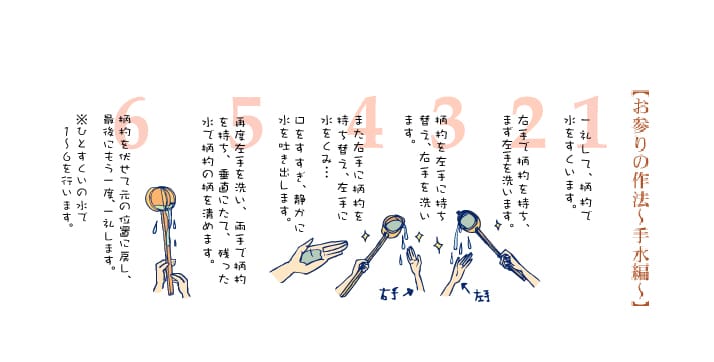"Visit Ise" that prevailed in the Edo period
At that time, the route to worship at Ise was to cleanse yourself at Futamiura, visit the outer and inner shrines, and finally climb Mt. Asakuma.
This time, we will introduce the ancient worship routes in comparison with modern times.
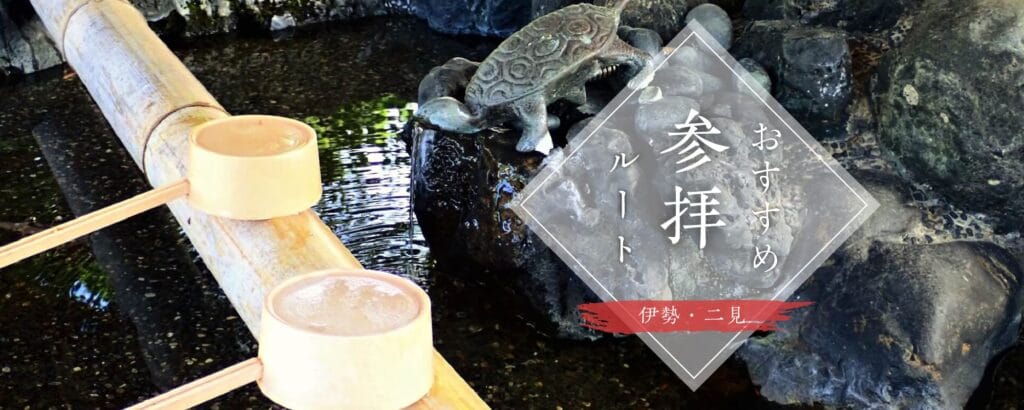
table of contents
It seems that many people went back home by way of other sightseeing spots such as Kyoto or Nara, because going on a trip at that period was so difficult for ordinary people that they tried to go where they had wanted to go, taking the opportunity. At that time, people basically went on a trip on foot, so it is said that some people traveled as long as for about three months.
Since traveling cost money, there was a system in which ordinary people formed an organization called "Ise Kou" to save money and sent representatives to worship every year. The representatives were purified at Jingu on behalf of the other participants of the "Kou" and returned home.
It was "Onshi" in Ise who were following such a travel system.They went to visit "Kou" which they were in charge of all over the country and received "Hatsuhoryou"(ceremony fee) by giving "Ofuda"(talismans) and calendars to the"Kou", and when the "Kou" came to visit Ise, They gave a grand hospitality and performed "Kagura"(a
sacred dancing seremony with music) at their own house.
When visiting Ise had become popular, even if a servant suddenly sneaked out of the work, only going to visit Ise is often allowed as a "Nukemairi".
It is a virtue to give thingsto travelers(this charity is called "Segyou") who do not have enough money, and it seems that it was an era when it became easy to travel because "Segyou" were also actively carried out along the way .
It's very forgiving.
Futami → Ise Jingu Geku (Toyoukedaijingu) → Ise Jingu Naiku (Kotaijingu) → Asamadake

Futami is a popular area with Meotoiwa and Futamiokitama Shrine, which consist of two large and small rocks tied with shimenawa.
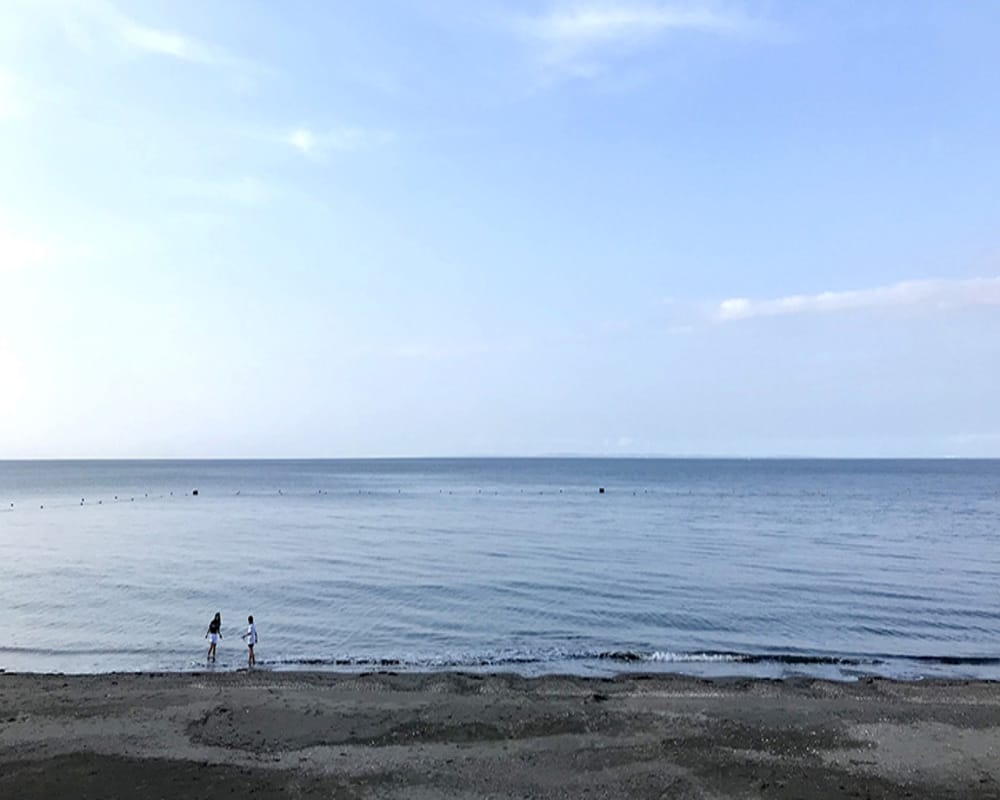
In the olden days, Misogi was bathed in Shiomiz, but nowadays it is called Misogi (Hamasangu) by visiting Futamiokitama Shrine.

The deity is Sarutahiko Okami.
At Futamiokitama Shrine, you can also receive "Pure Salt Purification" with "Goreiso-muku-shiokusa", which is collected from around "Okitamashinseki".If you pray, you may feel more motivated to visit.
The deity enshrined Geku is Toyouke no Omikami, the god of food and industry.

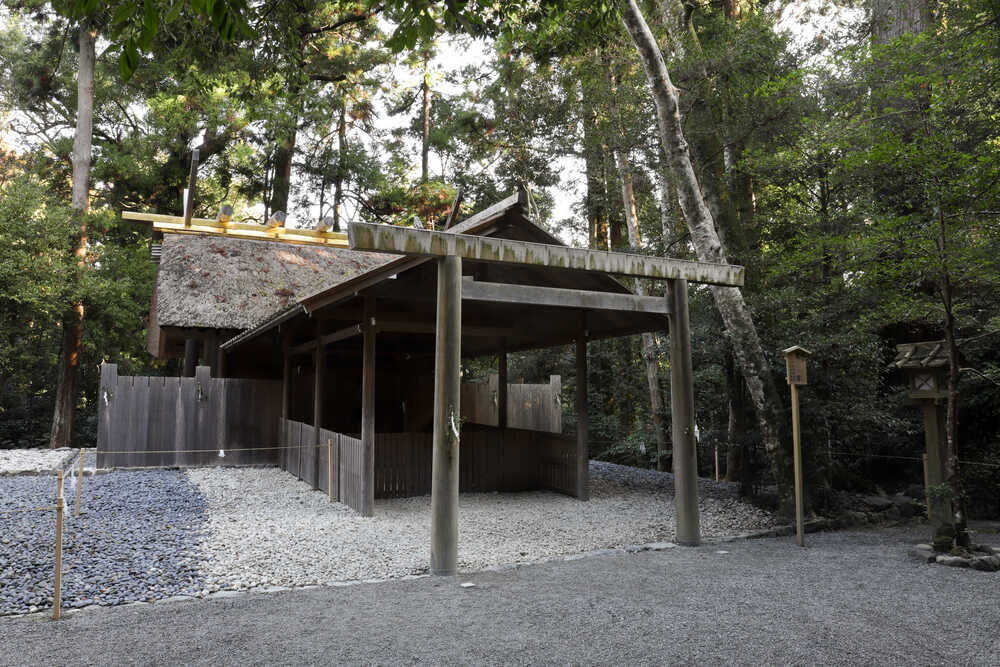
After visiting Goshogu, be sure to visit Taga-no-miya, Tsuchi-no-miya, and Kazahino-mino-miya ,which are Betsugu.
There are also jurisdiction shrines in the area, so if you have time, please visit them as well.
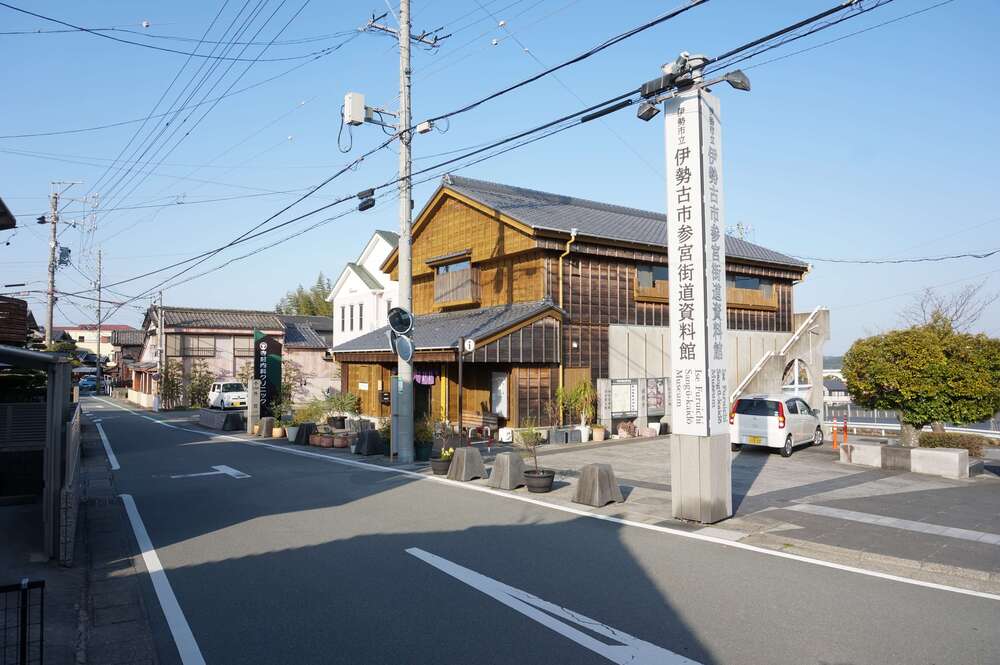
There are roads from the outer shrine to the inner shrine,and two of them, called Miyuki Road and Mikimoto Road, are enough wide to go by car, but in the Edo period, there was only the "Furuichi Road", and people at that time headed for the Naiku through this road.
It is also called "Ainoyama" along the ridge, and it was one of the five major entertainment districts of the Edo period, and it was also a base for transmitting cultures such as Furuichi Kabuki and Ise Ondo.

Only "Asakichi Ryokan", which was a teahouse at that time, retains the remnants of those days, but the inscriptions quietly convey the prosperity of that time.
The deity is Amaterasu Omikami, who is considered to be the general deity of the people.
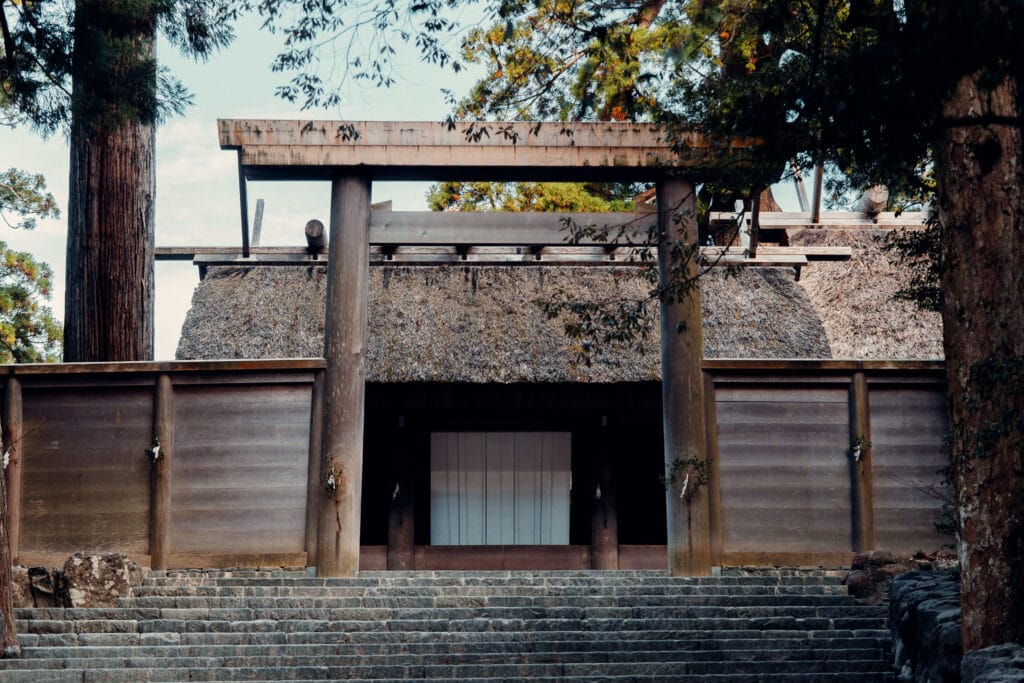
After visiting Goshogu, be sure to visit the Aramatsuri-no-miya and Kazahi-no-mino-miya which are "Betsugu".
Compared to Ise Jingu and Geku (Toyoukedaijingu), Ise Jingu and Naiku (Kotaijingu) have more jurisdiction shrines in the area, so if you have time, please visit them as well.

It is a temple that is said to protect the demon gate of Ise Jingu.
The main hall is a nationally designated tangible cultural property.Gohonzon is one of the three major Kokuzo Bosatsu in Japan.
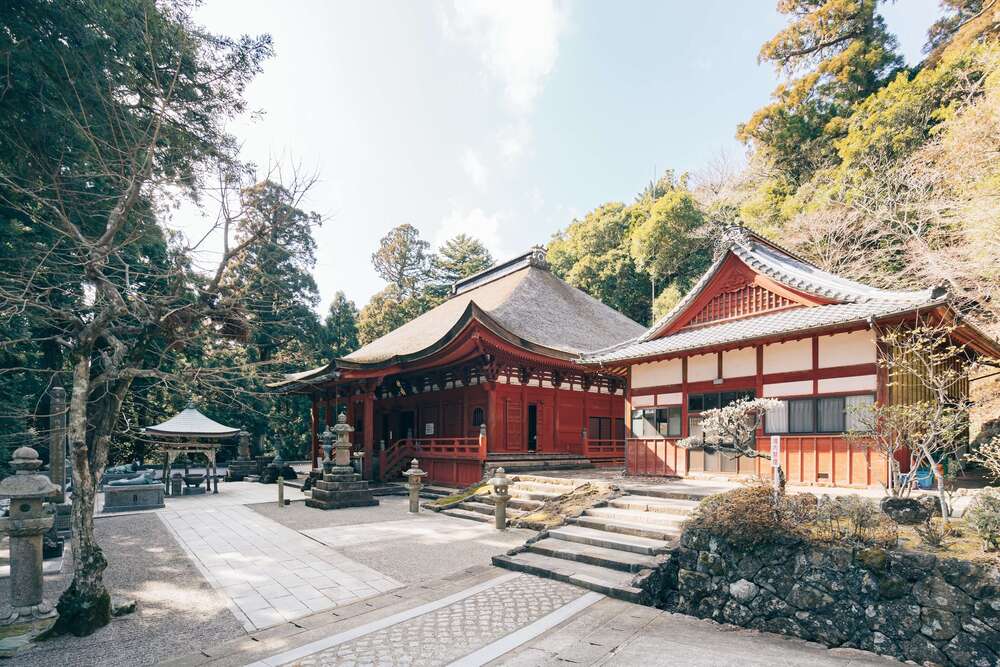

After visiting the main hall, head to Okunoin.In the Ise region, there is a custom called "Take-mairi," which is a memorial service for the deceased by building a stupa made of square lumber in Okunoin.
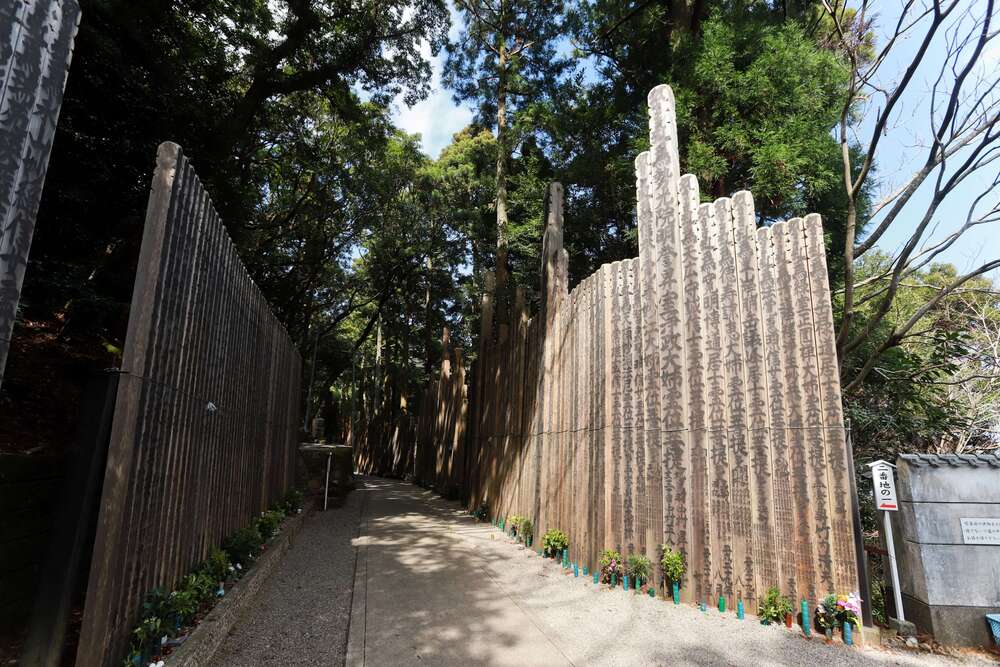
On both sides of the road leading to Okunoin, stupas with a height of XNUMX to XNUMX meters are erected endlessly, making it a sight unlike any other in Japan.
Temizu means "a place for "Misogi" to purify the mind and body," and washing hands and mouth is a simplification of the Misogi ritual.
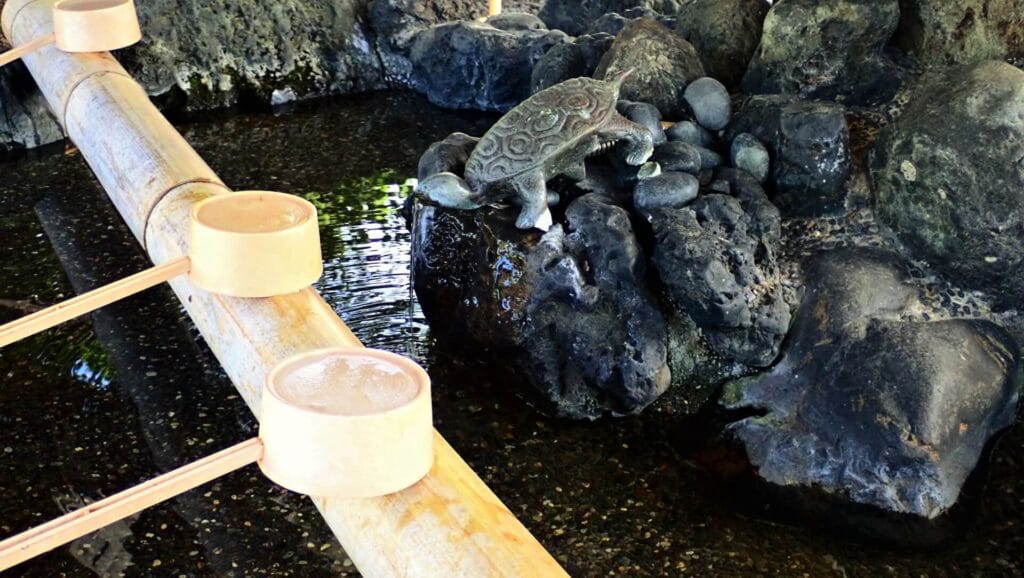
1. First, hold the ladle with your right hand and wash your left hand.
2. Hold the ladle in your left hand and wash your right hand.
3. Hold the ladle in your right hand again and use your left hand to store water and rinse the mouth.
4. Wash your left hand again.
5. Clean the handle of the ladle with the last remaining water and return it to its original position.

Generally, two bows, two clappings, and one bow are the manners of worshiping at a shrine.
1. Correct your posture in front of God.
2. Make a deep bow called "worship" that flattens your back.
3. After putting your hands together at chest level, move your right fingertip slightly down.
4. Spread your hands about the width of your shoulders and hit "Kashiwate" twice.
5. Return the fingertips to their original positions and bow deeply again with "gratitude".
